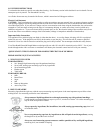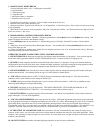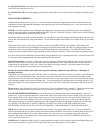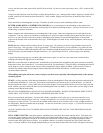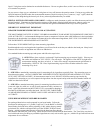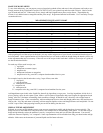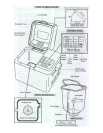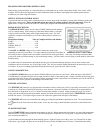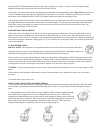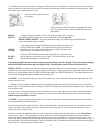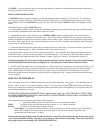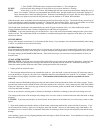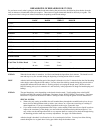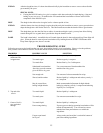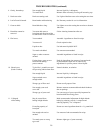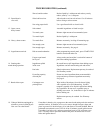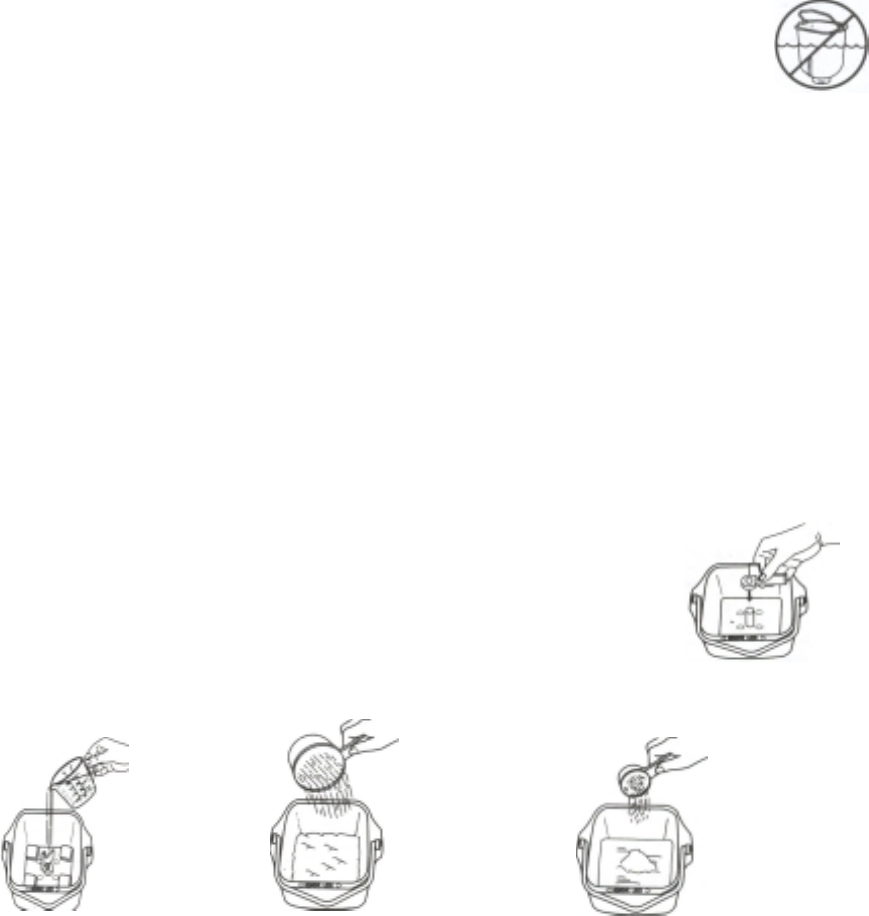
10
holding START/STOP button down until green Keep Warm light goes out, about 3 seconds. Remove bread pan using a
potholder and place hot loaf of bread onto a rack to cool before slicing.
If the bread is not removed immediately after baking, the bread maker will automatically go into a Keep Warm mode for up to
3 hours as indicated by the glowing green light next to Keep Warm in cycle column. When the bread is removed, turn the
bread maker off by holding down the START/STOP button until the green Keep Warm light goes out.
If in the dough mode, the bread maker will turn off automatically and an audible alert will sound. Remove the pan containing
the dough immediately and shape/form as desired for conventional baking. Do not leave pan containing dough inside bread
maker after it turns off as dough will continue to rise and could overfill the pan if left inside bread maker too long. See”
Dough” section on page13 for more details.
TOO HOT/TOO COLD WARNING
If the inside of the oven chamber is too hot or too cold for making bread, an audible alert will sound and the bottom row of
lights on control panel will flash when you attempt to turn the bread maker on. If this occurs, allow the chamber to cool by
leaving the cover open for 10 to 15 minutes or warm up by placing bread maker in a warmer area for 15 minutes until the bread
maker can be turned on without the warning going off. If oven is too hot, the yeast can be killed, if too cold, the growth of the
yeast will be retarded.
CLEAN BEFORE USING
SPECIAL NOTE: The bread pan is not immersible and should never be washed in an automatic dishwasher.
Immersing the pan in water can cause damage to the bearing that turns the knead bar. Dishwasher cleaning can
reduce the non-stick qualities of the non-stick finish, causing the bread to stick in the pan.
Only two parts, the bread pan and kneading bar, need to be cleaned before making bread. Simply fill bread pan with a small
amount of warm water and dishwashing detergent. Wash the inside of the pan and knead bar with a soft dishcloth or sponge.
Empty the bread pan and rinse the inside and knead bar with warm water and dry with a soft cloth. Do not use any abrasive
scouring pads or cleansers on bread pan or knead bar as damage to the non-stick coating can occur.
CAUTION: To prevent personal injury or electric shock, do not immerse bread maker base, its cord or plug in water or other
liquid.
Wipe the inside of the chamber and the outside surfaces of the bread maker with a damp cloth and dry with a soft cloth if
necessary.
Your bread maker is now ready to use.
HOW TO USE—BASIC STEPS IN MAKING BREAD
1. Place knead bar on shaft in bottom of bread pan, matching the opening of the knead bar with the shape of the shaft. Make
sure knead bar is pushed down onto the shaft and the shaft area is clean. You may need to twist the bar slightly to drop in
place.
2. Add ingredients to pan in order listed in recipe, MAKING SURE to add any liquid ingredients
first, followed by dry ingredients, the butter or margarine and lastly the yeast. After the dry
ingredients are added to the pan, tap to settle, then level dry ingredients, pushing some of the flour
mixture into the corners of the pan. This will prevent any liquid from seeping up from the corners.
Make slight well in center of dry ingredients and add the yeast to the well. This is especially
important when using the Time Delay to prevent the yeast from getting wet.



